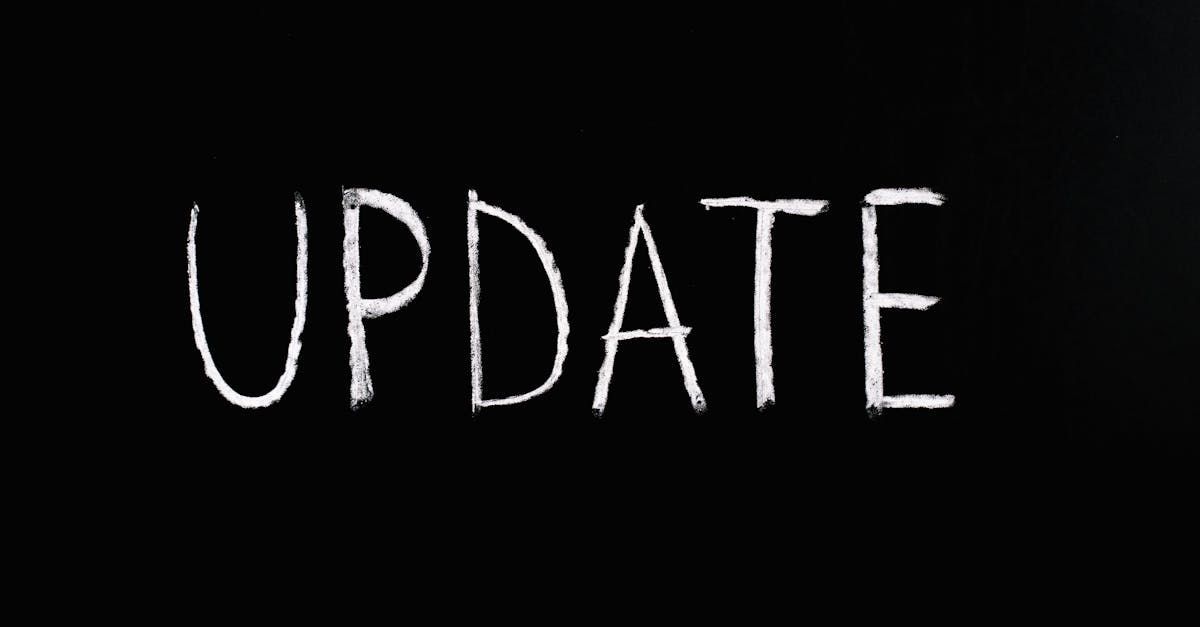Property & Casualty Report

Insurance Market Update: Equilibrium, Challenges, and Opportunities
The insurance industry is experiencing a period of relative equilibrium, particularly in the Property and Casualty (P&C) sector. Despite a decade of costly catastrophic events, the market has made necessary adjustments to address uncertainties. Here’s an in-depth overview of the current landscape:
Key Takeaways:
• The Excess and Surplus (E&S) market remains robust with steady growth: This non-admitted market continues to provide flexible solutions for hard-to-place risks, contributing to overall market stability.
• Property sector is reaching equilibrium: After years of adjustments, the property insurance market is finding a balance between rates, capacity, and risk assessment.
• Liability market faces ongoing scrutiny: Due to its long-tail nature, the liability sector is still under close examination as insurers work to align pricing with evolving loss trends.
• Rates are generally accurate, with widely available capacity for most lines: This indicates a healthy market where pricing reflects risk, and insurers are willing to provide coverage across various sectors.
• Third-party litigation funding poses a significant challenge: This emerging trend is creating uncertainty in the marketplace and potentially impacting profitability and stability for insurers.
Property Sector:
• Recent adjustments include more diligent underwriting, improved insurance-to-value accuracy, enhanced predictive modeling, and better risk spread. These changes have helped stabilize the property market in the face of increasing natural disasters.
• The Atlantic storm season remains a concern, with forecasts predicting an active hurricane season. This ongoing risk factor keeps insurers vigilant and may influence future market conditions.
Liability Sector:
• More focus is being placed on Liability as we enter the second half of the year. Insurers are paying close attention to evolving trends in this sector.
• The long-tail nature of Casualty makes stabilization slower. Claims can take years to fully develop, making it challenging to accurately price risks in the short term.
• Excess insurers are cautious about “layer trapping” in policy quotes. This practice, where lower layers have lower premiums than higher layers, is being closely monitored and avoided when possible.
E&S Market Impact:
• E&S sector growth contributes to market equilibrium by providing flexible solutions for complex or high-risk exposures.
• Non-admitted options allow carriers to adjust terms and rates more easily, responding quickly to market changes and emerging risks.
• The E&S market experienced a 14.5% increase in direct premiums written in 2023, indicating continued strong demand for these specialized insurance solutions.
Healthcare and Senior Living Sector:
The healthcare sector, particularly the senior living segment, faces unique challenges in the current insurance market:
• Diversity in Healthcare: The wide range of businesses within healthcare makes this sector an area of ongoing change. Insurers are constantly adapting to new services and procedures being offered.
• Social Inflation Impact: Social inflation and nuclear verdicts continue to place upward pressure on pricing in the healthcare sector, including senior living facilities.
• Long-Term Care/Senior Living Facilities:
– Capacity and pricing remain tight in this space, with few established players willing to take on these risks.
– Some admitted markets have exited the senior living sector, creating potential coverage gaps.
– Several smaller healthcare-focused MGAs (Managing General Agents) have entered the market to provide additional capacity, offering new options for brokers and clients.
• Market Dynamics:
– The rapidly evolving suite of services and procedures in healthcare has carriers playing “catch-up” to accurately assess and price risks.
– This constant evolution makes the healthcare sector, including senior living, a particularly challenging area for insurers to navigate.
The challenges in the senior living sector highlight the importance of specialized knowledge and tailored insurance solutions. As the population ages and demand for these facilities increases, finding sustainable insurance options for long-term care and senior living facilities will remain a critical focus for the industry.
As the insurance landscape continues to evolve, staying informed about these trends and challenges across all sectors, including the unique issues facing healthcare and senior living, is crucial for industry professionals and clients alike. The market’s move towards equilibrium is a positive sign, but ongoing vigilance and adaptability will be key to navigating future changes and maintaining stability.